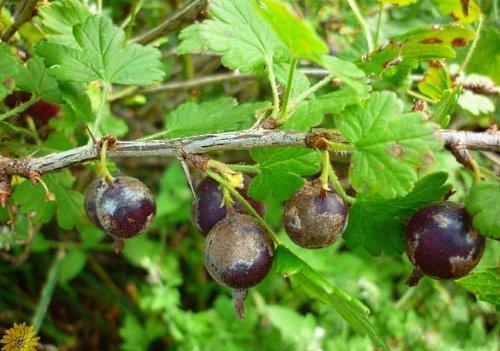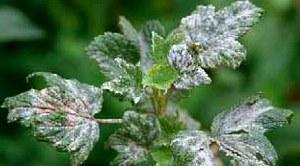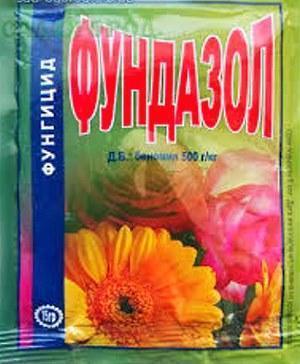Powdery mildew on currants - what to do?
A fungal disease called powdery mildew or powdery mildew is a real scourge of fruit and berry crops, including currants. White and red currant are affected by this disease an order of magnitude less often than black.
Having entered the territory of our continent from America in 1900, powdery mildew spread everywhere. The danger of the disease lies in the fact that it not only causes damage to the crop, but can also lead to the death of plants.
What is powdery mildew on currants?
The causative agent of the disease is a parasitic spore fungus.

It hibernates on affected plants and in leaf litter, and begins to actively reproduce in spring. The rate of development of the fungus is affected by humid and warm weather, an excess of nitrogen fertilizers in the soil.
If you do not take appropriate measures, then by July-August the entire plant will be affected by it.
Signs of damage to currant bushes with powdery mildew:
- A characteristic whitish-gray bloom appears on the leaves and shoots, which eventually takes on a brown tint.
- The growth point of the shoot is affected, it stops developing and becomes deformed.
- Leaves curl, shrink, lose their green color.
- The berries that have managed to form are covered with bloom, and not yet formed, they crumble.
- The currant bush stops growing, dries out, and its frost resistance decreases. Thus, if the plant does not die directly from the disease, then it still does not survive the winter.
How to deal with powdery mildew on currants?

The main method of treating plants with powdery mildew is spraying with various solutions, so it is important to carry out this procedure correctly. It is necessary to process the plants from all sides, trying to wet the leaves both from below and from above. For spraying, you can use a spray gun or a soft brush - the main thing is that all parts of the plant are treated. The procedure itself should be carried out late in the evening in dry weather. Spraying is repeated every 4-7 days until the disease disappears completely.
Treatment of the disease
There are ready-made fungicidal preparations on sale; for their use, the manufacturer's recommendations should be followed.
There are also a huge number of effective folk recipes for combating powdery mildew:
- 80 grams of copper sulfate + 10 liters of water. This solution is recommended for use in the spring before bud break; cultivate the bush itself and the land under it.
- 50 g of soda ash + 10 liters of water. Plants are treated with the composition after flowering.
- 1 kg of wood ash (clean and sifted) + 1 bucket of water. The mixture is infused for several days, filtered, laundry soap is added and the plants are treated.
- 1.5 g of potassium permanganate + 10 liters of water.
- 1 part mullein + 3 parts water. The mixture is infused for three days, diluted 1: 3 and the plants are treated once a week.
- 3 liters of whey + 7 liters of water + 1 tsp. copper sulfate.
Prevention of powdery mildew on currants
 Preventive measures to combat the disease consist in the obligatory pruning of bushes in the fall, harvesting fallen leaves and branches in which the pathogen can winter, and burning them.
Preventive measures to combat the disease consist in the obligatory pruning of bushes in the fall, harvesting fallen leaves and branches in which the pathogen can winter, and burning them.
In early spring, currant bushes and soil should be treated with vitriol solution. It is necessary to periodically examine the bushes to quickly detect the disease. Thus, you will not only begin treatment earlier, but will also be able to identify the development of other currant diseases.
If climatic conditions favor the development of fungal diseases, resistant currant varieties should be grown: "Dove", "Black Pearl", "Agate" and others.
Good article. Indeed, powdery mildew often infects currants. I love these healthy and tasty berries very much. But it becomes a shame when, instead of a good harvest, you get small, bloom-covered berries, and the bush itself stops growing and dries up. I did not know that powdery mildew is a fungal disease, and the fungus itself can live in fallen leaves. I will try the methods of dealing with powdery mildew described in the article.
We had the same problem last year. We processed currants and gooseberries with soda ash, as it is written in the article - it helps well, there is practically no powdery plaque left. They also tried to dilute a weak solution of potassium permanganate (a neighbor suggested), but this did not give any results. For me, soda is the best option. Not expensive (40 rubles) and more or less natural!